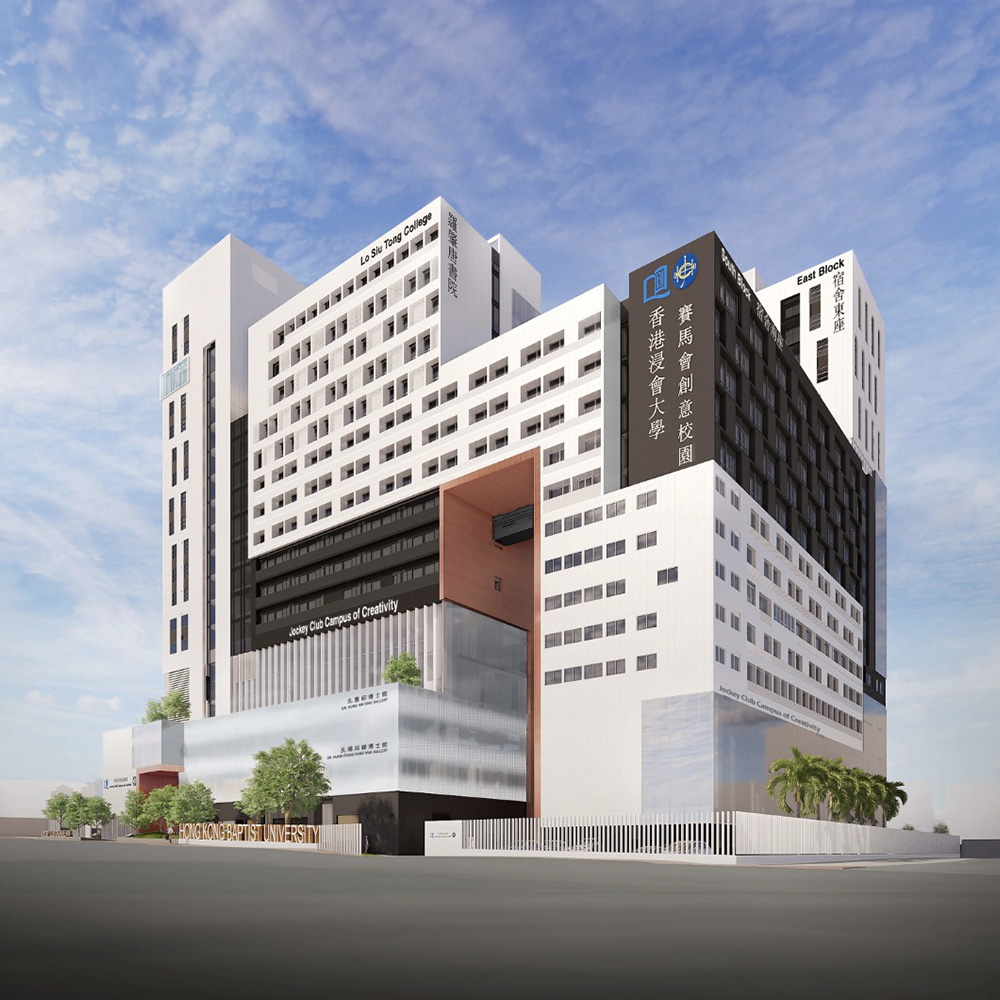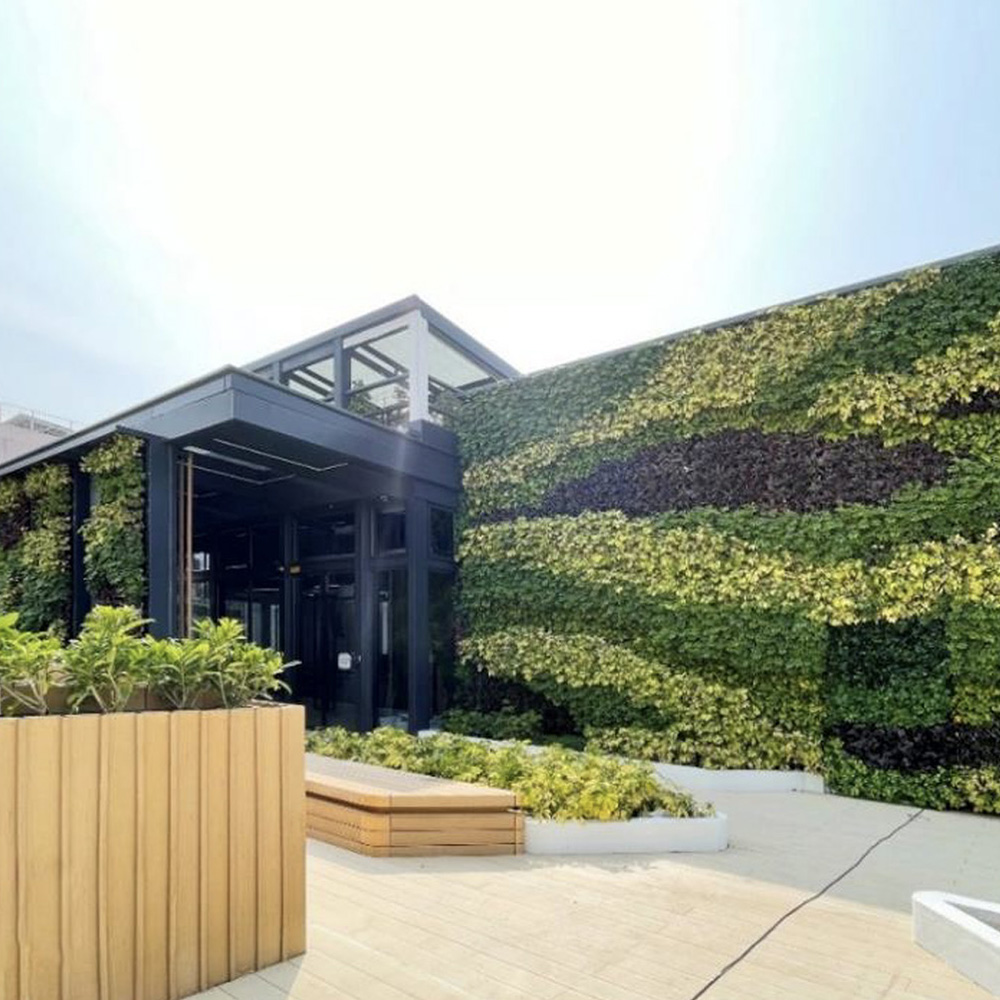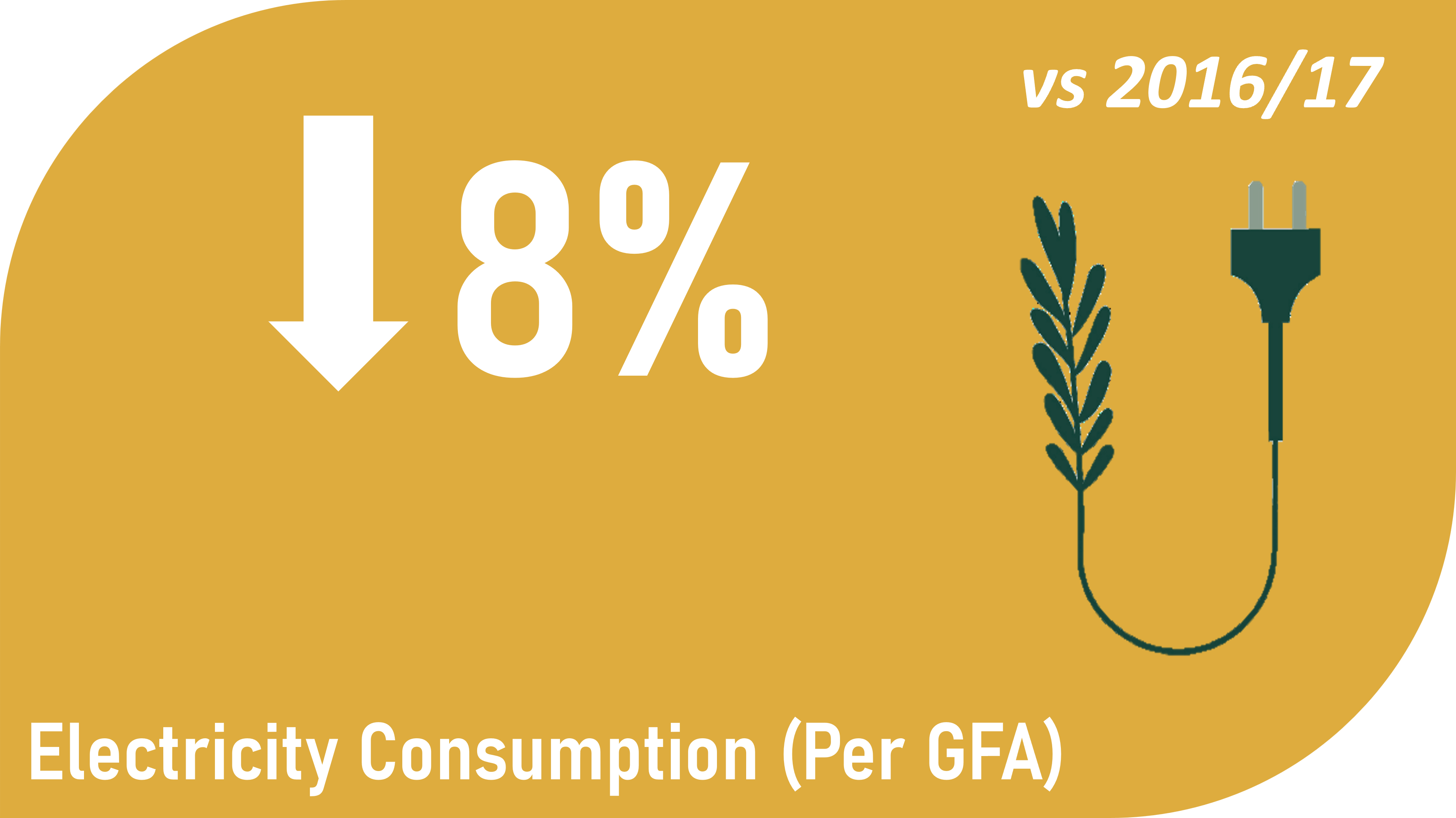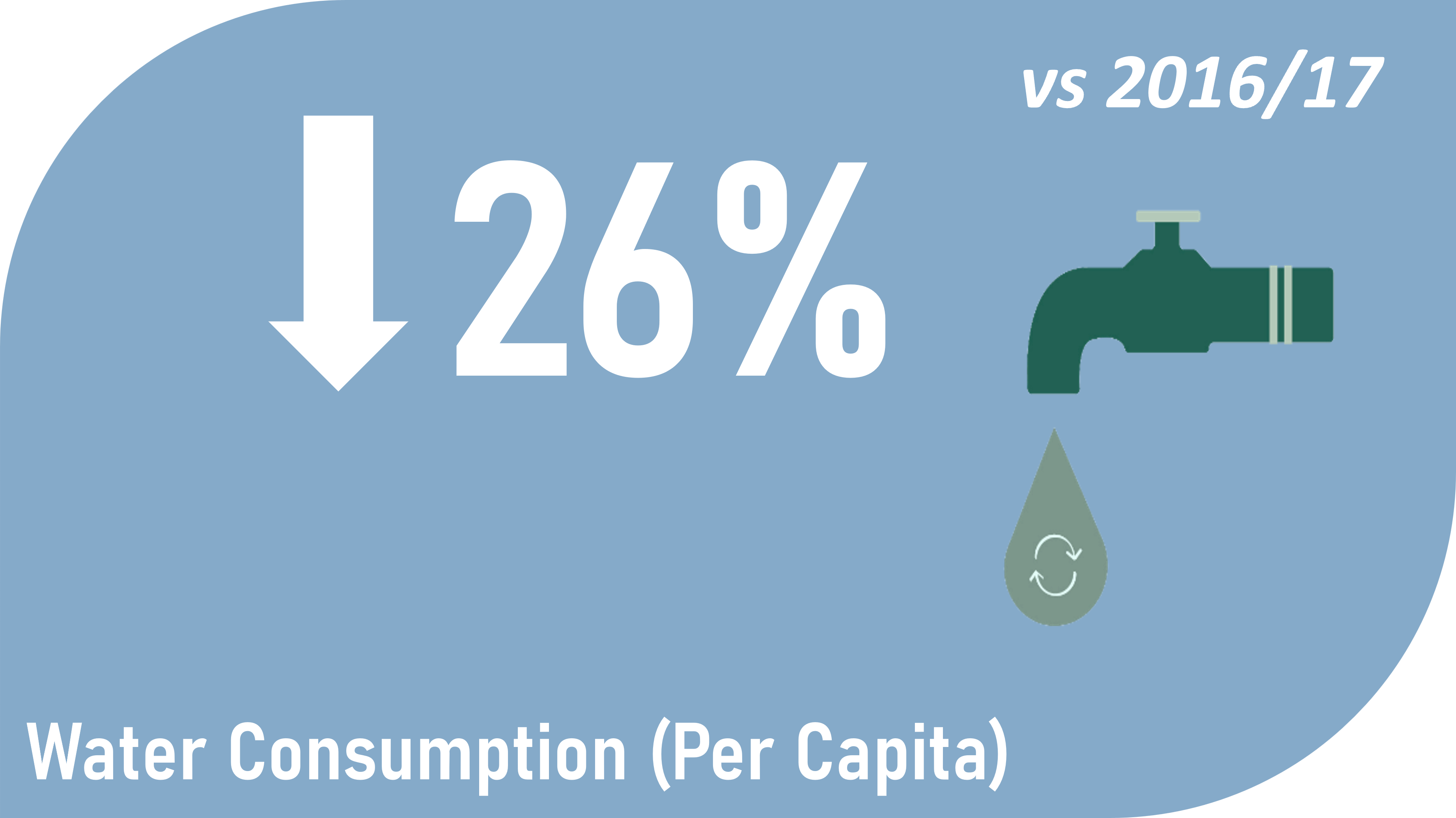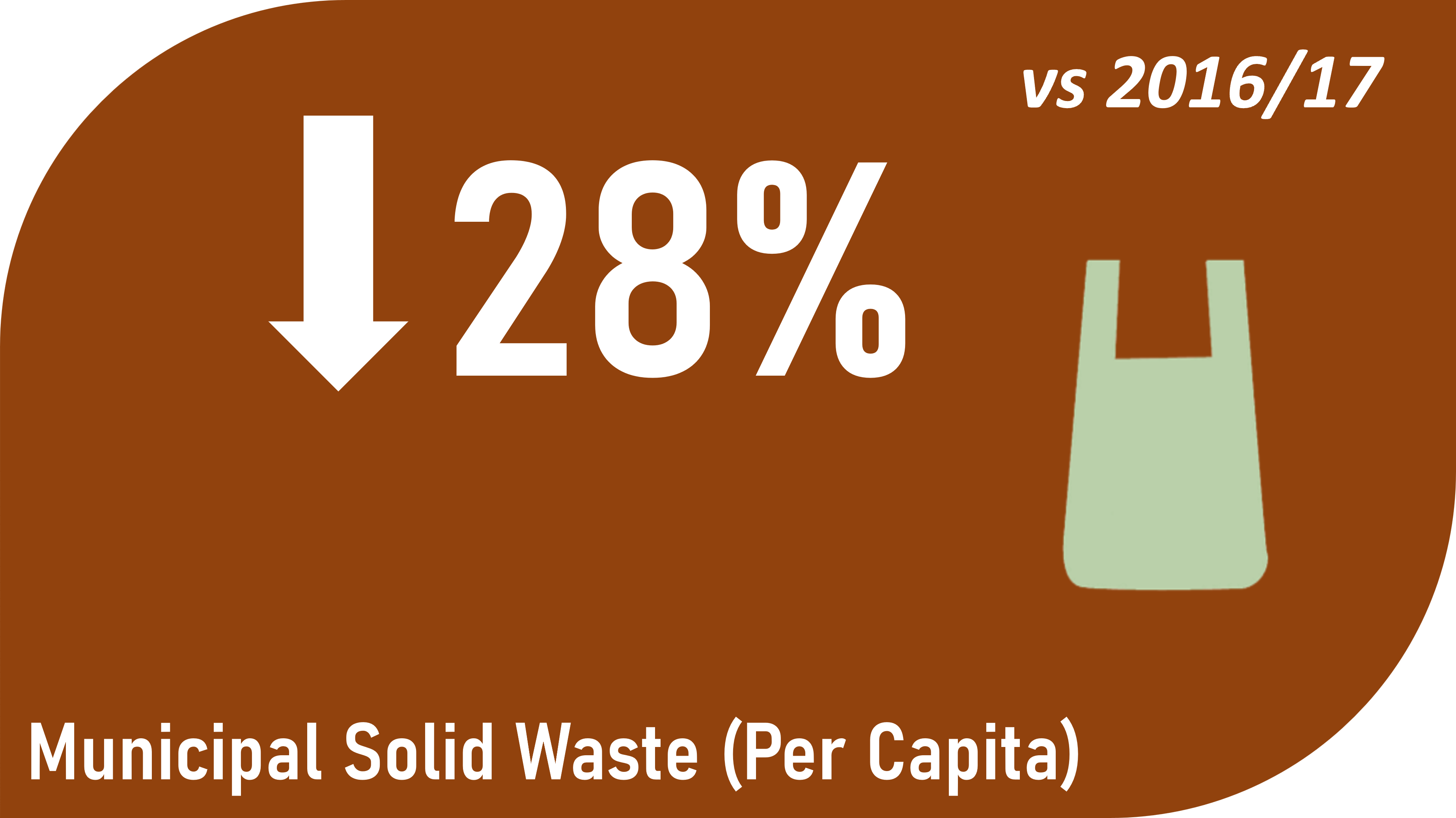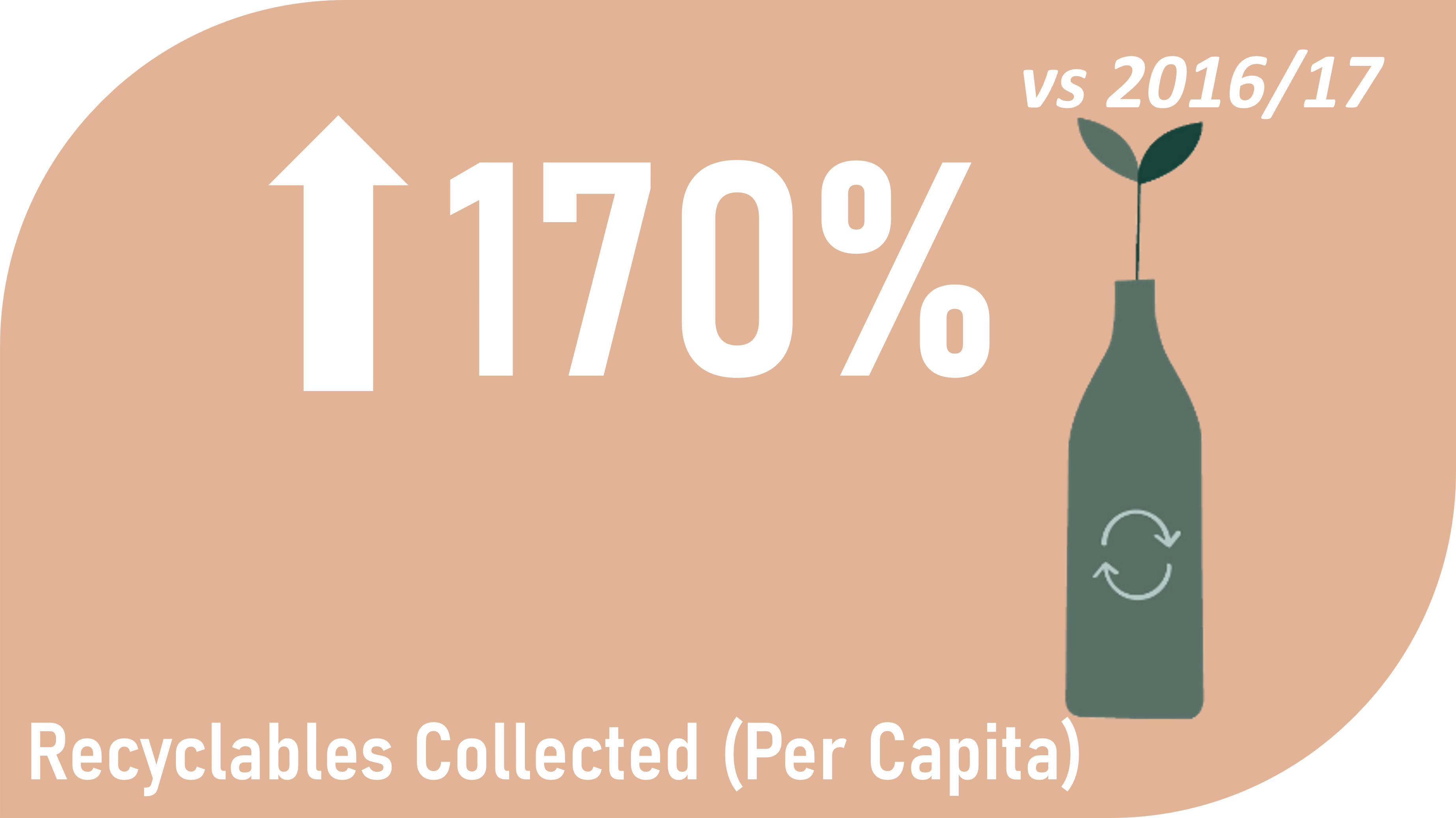Low-carbon Campus
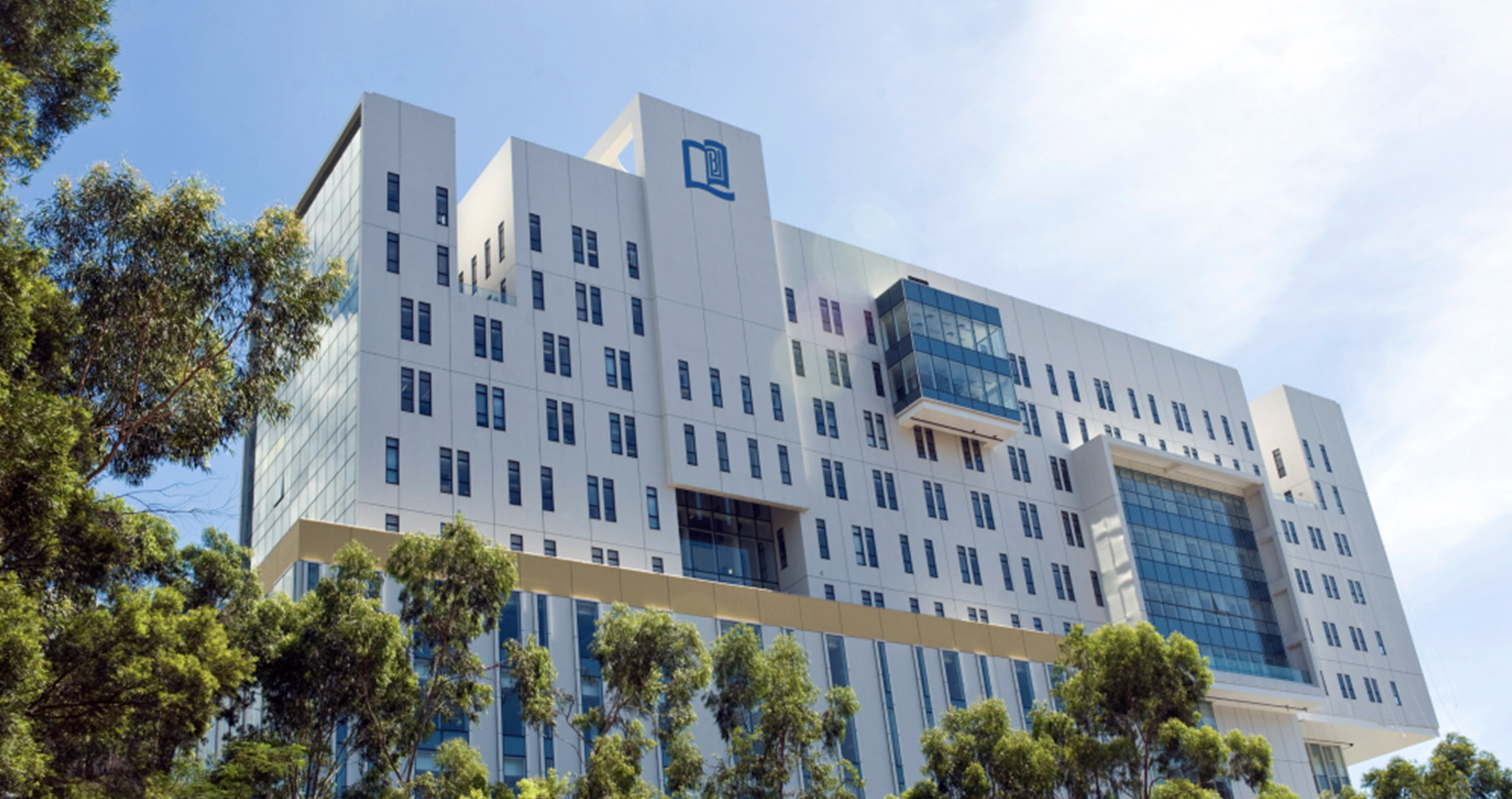

Introduction
The Campus Sustainability Section, under the Estates Office, commit themselves in the low-carbon initiatives of the University, which aim at reducing our carbon footprint through enhancing sustainability culture; strengthening energy conservation; tracking and reducing waste; increasing green purchasing, expanding wider network for promotion; making concerted efforts and promoting our achievement in a collaborative manner.
We invite you to stay connected with us to learn more about our latest initiatives and ongoing sustainability efforts across the campus. For news and updates, please follow us on our social media platforms or contact us using the information below. We appreciate your interest and look forward to keeping you updated.
Thank you for your continued support for the low-carbon campus.
Green Buildings and Operation
The University is committed to promoting sustainable development and environmental protection through the construction of green buildings and the implementation of green operations. Its green buildings are designed to providing green spaces, reduce energy consumption, minimise waste generation, and optimise the use of natural resources. The University is also dedicated to operating in an environmentally responsible manner by adopting sustainable practices, such as recycling, green procurement, and promoting green catering. Through these efforts, the University aims to create a more sustainable and livable campus for its students and staff, as well as contribute to the global effort to combat climate change.
| Greenhouse Gas (GHG) Emissions for 2024-25 |
|---|
Reporting scopes:
|
Reporting boundaries: This report covers buildings operated and controlled by HKBU for teaching, research and administrative purposes within the below campuses:
|
Reporting guidelines: Six of the internationally recognised GHGs generated in all buildings were tracked and reported within HKBU’s operational control according to ISO 14064-1 and the Guidelines to Account for and Report on Greenhouse Gas Emissions and Removals for Buildings (Commercial, Residential or Institutional Purposes) in Hong Kong (2010) published by the Environmental Protection Department and the Electrical and Mechanical Services Department, Hong Kong Special Administrative Region, China. |
GHG emissions:
Total GHG emissions: 16,521 tCO2e |
Latest Updates, Events and Activities
HKBU Engagement
The sustainability policies and guidelines listed above are essential for building and maintaining a low-carbon campus. For a comprehensive list of all university-wide sustainability policies and guidelines, please visit here.
